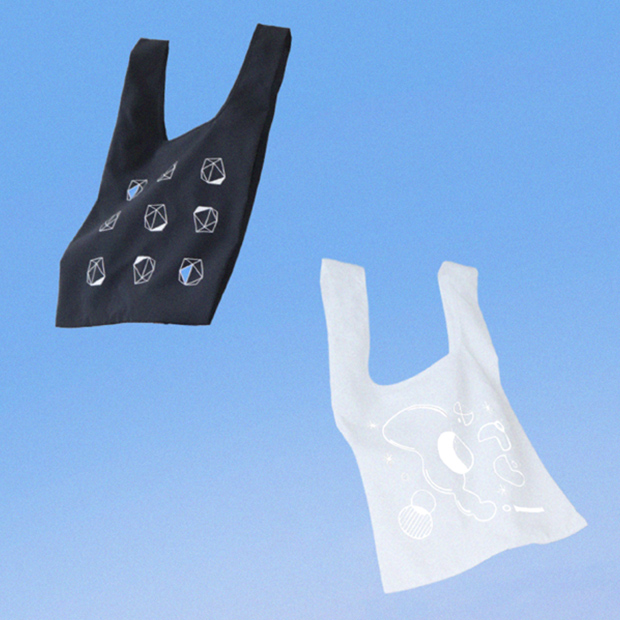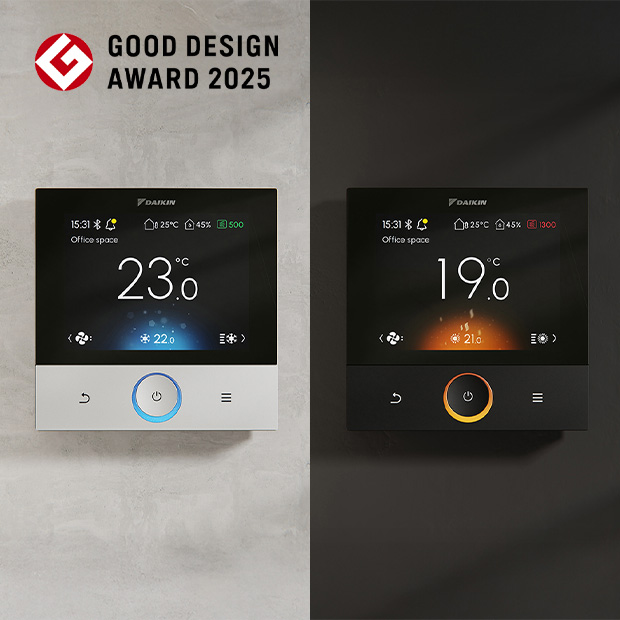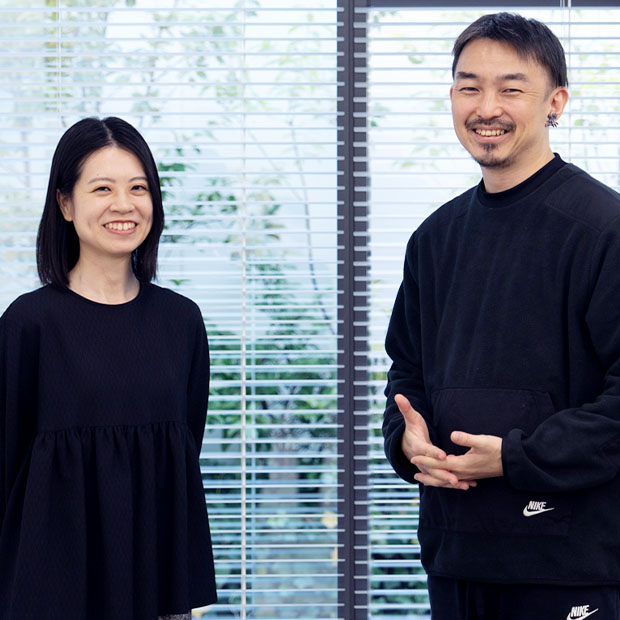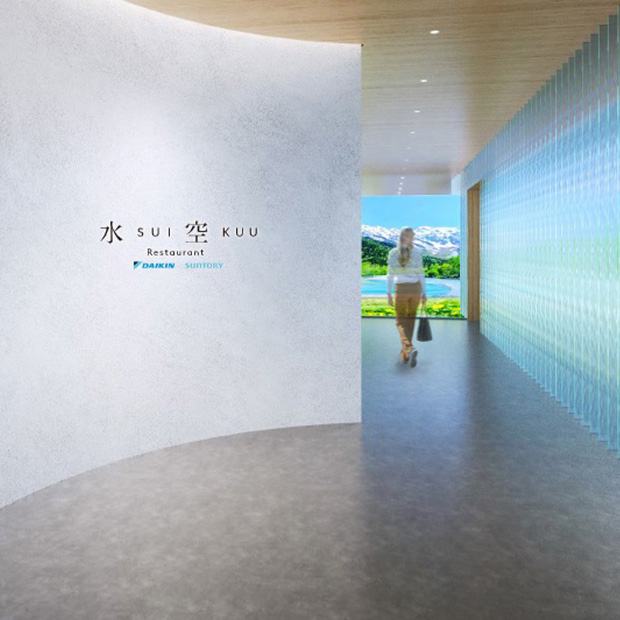At Daikin Industries, we place great value on UX (user experience = customer experience) in the product development process and consider it an element inseparable from design. This stance began with the release of the first version of the DK-CONNECT web service in 2021. DK-CONNECT utilizes the cloud to connect customer-owned air conditioning, lighting, and equipment and provides various services utilizing IoT that are beneficial to facility managers and users alike. At its review stage, one colleague suggested, “Maybe we should reexamine the value that we provide to our users.”
Clearly define value with a high resolution
Because Daikin provides products and services to diverse users and stakeholders ranging from specialists to members of the general public, the issue of having a common framework emphasizing UX to analyze users became an important topic for us.
What DK-CONNECT strongly impressed upon us was that users pay for solutions and content, not for the products themselves. In that respect, DK-CONNECT differs from conventional products in that it continually provides customization and content for customer needs far beyond product introduction. Because users pay for the experience, sensation, and ease of use of the product, UX is an urgent theme for which we must always be working toward delivering value to users. Consequently, it is incumbent upon us to clearly define value with a high resolution to users and reflect that value in the product development process.
UX process emphasizes “feelings” at the workplace
Let’s take a closer look at DK-CONNECT. This product aims to reduce the work of facility managers who are responsible for air conditioning management at facilities such as company offices, stores, and commercial buildings and to improve the environment for employees and users like us who spend our time inside these buildings. Efficient operation not only reduces electricity costs, but it also reduces machine breakdowns and leads to energy savings that increase energy reductions for the entire facility. In the development stage, we wanted to conduct user interviews to determine what the essential issues and new business opportunities were without relying solely on the individual reports of a salesperson.
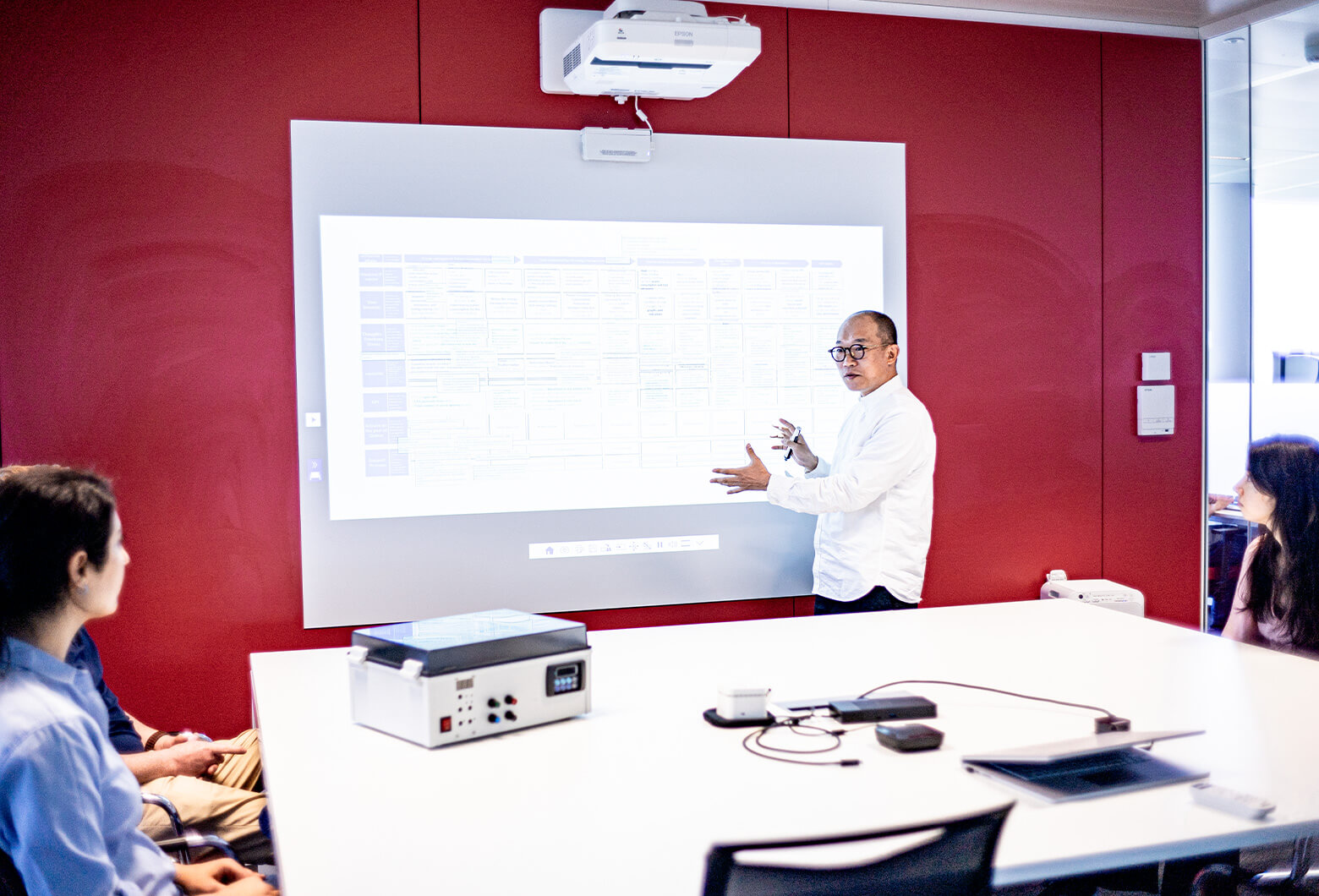
Since the interviews were performed based on certain assumptions, we were utterly surprised when the feedback that we received was dramatically different from what we had imagined. For example, although the screen had been designed to easily adjust temperature and switch between operations, many people responded that they couldn’t change the temperature without worrying about the people around them. This gave us the inspiration to create a schedule control system and a system that would send notifications to the facility manager.
The interviews also prompted us to approach design in an entirely new way. Consequently, we were able to generate even more fundamental improvements and implement a UX design that is characteristic of Daikin and places importance on the feelings of the people using the product at the workplace.
Comfortable UX perceived from the workplace atmosphere
Currently, Daikin works from a general flow for the UX process that is focused on understanding, empathy, idea creation, structure, testing, and evaluation.
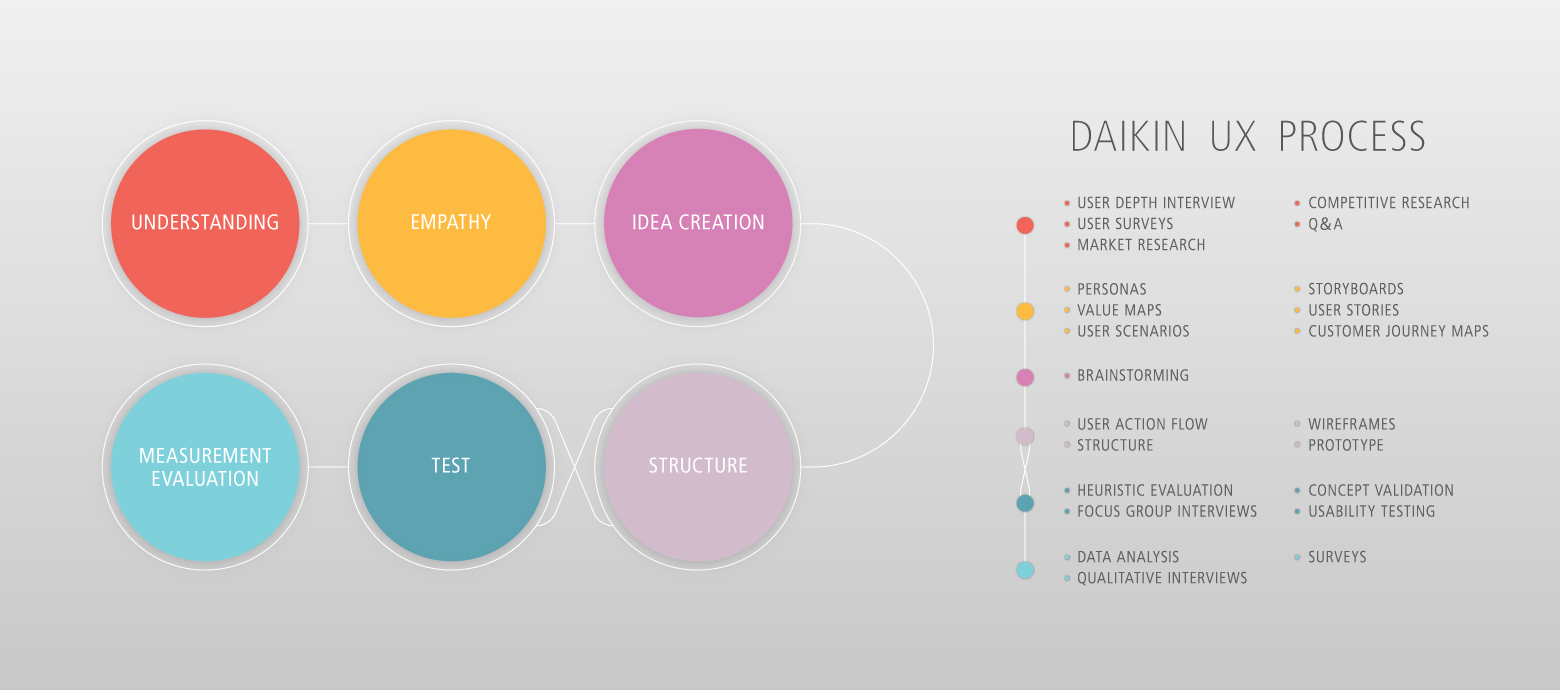
Of these, greater significance is given to interviews conducted directly with users. Listening to their actual words presents us with a sense of their joys and frustrations and enables us to gauge the various “shades” of each issue and its urgency. We also visit the places where our users actually use the product to gain a feel of the atmosphere, space, and the people, and this helps us channel our energies toward achieving comfortable UX.
More importantly, these interviews enable us to understand customer issues during the design process that could not be understood by the development and sales teams on their own and direct us toward finding more reliable solutions. Additionally, the reproducibility of this method allows it to be adopted by a variety of other business departments as a framework without relying on the individual reports of a salesperson.
Identifying the potential problems
As part of our global activities, we would like to standardize this framework and develop it to all overseas bases related to Daikin. In this way, we believe that we can develop it even further by adapting it to various regions and making improvements, a Daikin strength that has enabled it to expand globally as a company. This would also be an efficient activity because of diversity and versatility.
While utilizing UX in design in this way is important, we must also improve the UX review process at the same time. Apart from design, we would like to make this process something other various departments can also use. Likewise, rather than simply using this as an opportunity to listen to user requests, we must always be conscious of the value that we are striving to obtain from a design perspective.
Daikin designers aim to build relationships of trust and understand the true feelings of customers by observing user behavior and work to identify issues that even the users may not be unaware of. They also serve as a bridge between business and technology, and this is what makes our UX work so vital. As Daikin solutions continue to expand and meet the challenges of providing better products in response to ever-changing demands, UX must remain an element inseparable from design.






